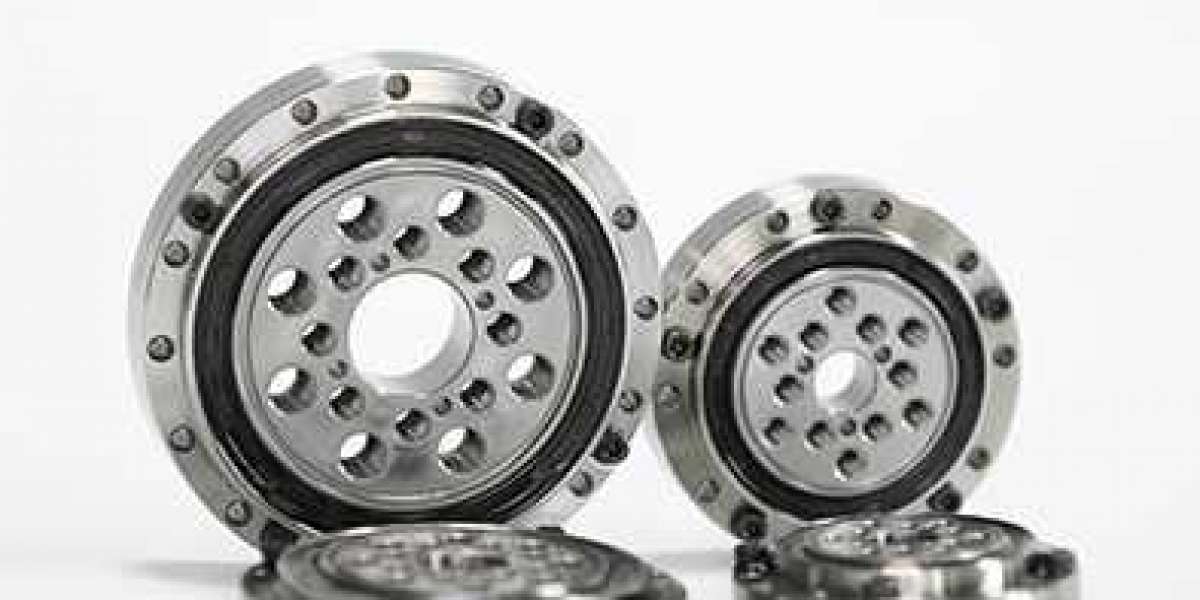In the ever-evolving world of mechanical engineering and manufacturing, one technology continues to prove itself as a cornerstone of innovation — the roller bearing. Designed to reduce friction and support radial and axial loads, roller bearings play a critical role in everything from aerospace assemblies to industrial robotics.
While their core function remains the same, modern advancements have pushed the boundaries of what roller bearings can do. Industries are now demanding components that can withstand higher speeds, heavier loads, and harsher environments — and the latest generation of roller bearings is delivering.
The Science Behind the Strength
At its core, a roller bearing utilizes cylindrical or tapered rollers instead of balls to maintain the separation between the moving parts. This allows for a greater contact area, which translates into superior load-bearing capacity. These bearings are typically used where radial loads are predominant, but many advanced types — such as spherical and tapered roller bearings — are also excellent at handling axial loads.
What sets modern roller bearings apart is not just the material composition but also the precision engineering behind their design. With advancements in metallurgy, heat treatment, and surface finishing, today's roller bearings offer longer service life, reduced maintenance intervals, and better resistance to wear and fatigue.
Applications Across Industries
The use of roller bearings spans a wide array of sectors:
Automotive: In vehicles, roller bearings are used in wheel hubs, transmissions, and differentials. Their ability to handle shock loads and operate at high RPMs makes them a preferred choice.
Industrial Machinery: In heavy-duty machines like conveyor belts, crushers, and gearboxes, roller bearings provide the durability and efficiency needed for continuous operation.
Robotics and Automation: As precision and reliability become increasingly crucial, roller bearings offer the low-friction movement required in robotic arms and automated production systems.
Aerospace: In aircraft, where safety is non-negotiable, roller bearings are engineered to perform under extreme stress, temperature changes, and vibration.
Innovation in Design and Manufacturing
One of the most promising trends in roller bearing technology is the shift toward crossed roller bearings. These compact, high-rigidity bearings are designed to handle loads from multiple directions simultaneously — radial, axial, and moment loads. Their unique structure allows them to save space without compromising strength, making them ideal for robotic joints and precision instruments.
Another development is the integration of smart sensors into roller bearing assemblies. These sensors monitor temperature, vibration, and load in real time, allowing predictive maintenance and reducing the risk of unexpected failures. This shift toward smart bearing systems is aligning mechanical components with Industry 4.0 goals.
Choosing the Right Roller Bearing
Selecting the right type of roller bearing depends on various factors including load type, speed, environmental conditions, and installation space. Whether it's cylindrical, needle, tapered, or spherical, each type offers unique benefits tailored to specific applications.
In a competitive global market where downtime can mean millions in losses, the reliability and performance of roller bearings have become mission-critical. Manufacturers investing in quality roller bearings are not only enhancing equipment longevity but also improving overall productivity.
The Road Ahead
As industries demand faster, smaller, and more efficient mechanical systems, the role of roller bearing technology will only expand. With continuous innovation, precision engineering, and a deep focus on durability, roller bearings remain at the heart of modern machinery — silently powering progress across the globe.




